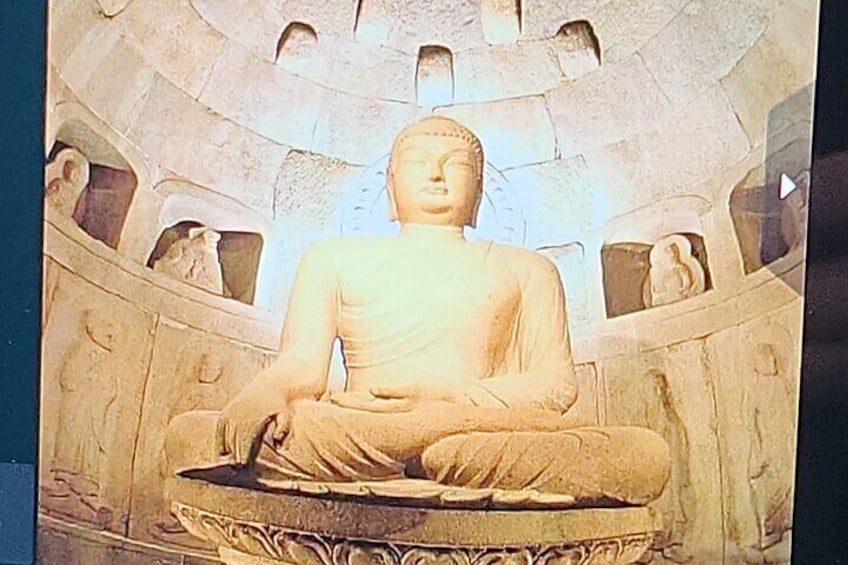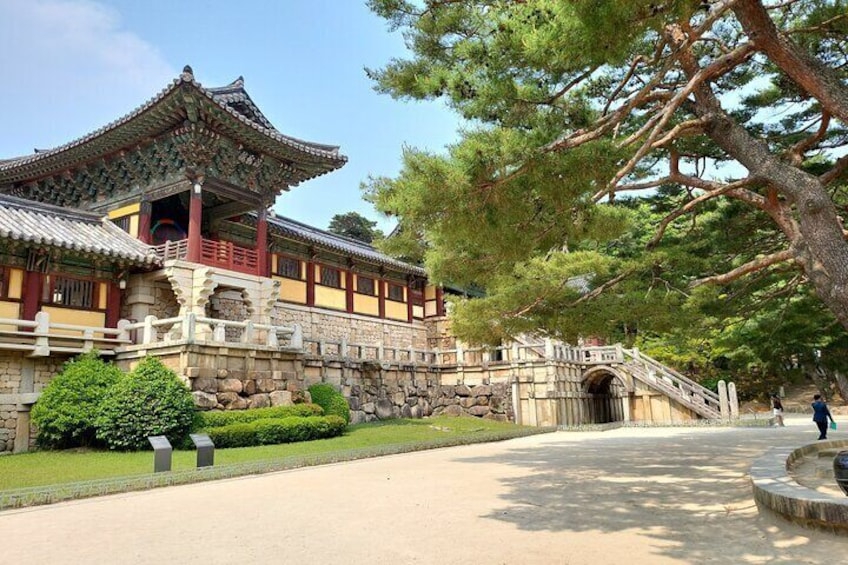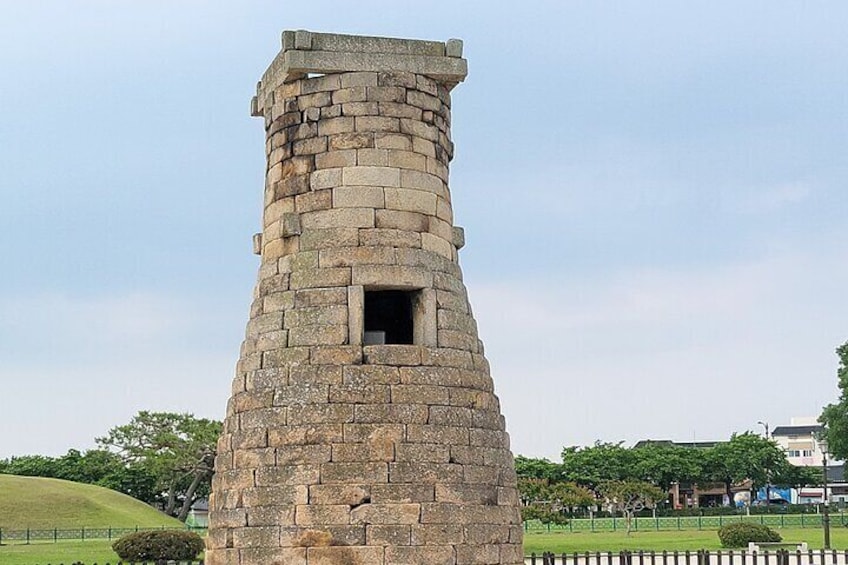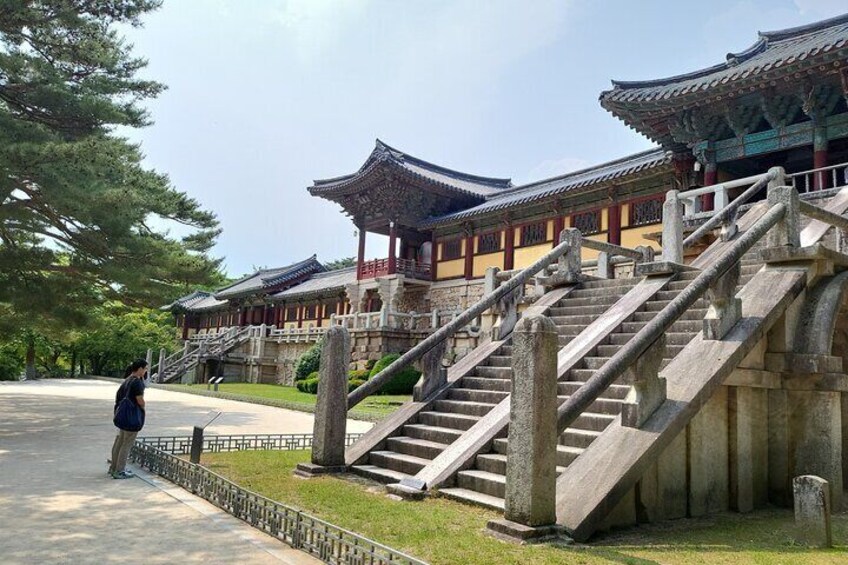




Private Day tour Gyeongju Unesco culture area in Gyeongju city
By Jeju K Tour(Jeju K Travel Agency Co., Ltd.)
8.0 out of 10
Very good
Free cancellation available
Features
Overview
Activity location
Meeting/Redemption Point
Check availability
Gueongju 8up to 12
Duration: 9 hours
Solati mini bus: 12person seater mini bus
8 up to 12 person tour : Gyeongju Unesco Sites Private tour
Pickup included
Price details
RM 338.30 x 8 AdultsRM 2,706.40
Total
Until Sat, 18 Oct
Gyeongju 5up to 7
Duration: 8 hours
Staria mini bus
5 up to 7 person tour: 6~8seater mini bus taxi
Pickup included
Price details
RM 359.45 x 5 AdultsRM 1,797.25
Total
Until Sat, 18 Oct
13 up tp 15 Bus tour
Duration: 8 hours
bus + driver +Licensed guide
13up to 15person tour : Big bus + driver + Licensed English tour guide
Pickup included
Price details
RM 380.59 x 1 ChildRM 380.59
Total
Until Sat, 18 Oct
Gyeongju 4person tour
Duration: 8 hours
Sonata taxi or more big space
4person tour : Sonata taxi or more big space taxi
Pickup included
Price details
RM 465.17 x 4 AdultsRM 1,860.68
Total
Until Sat, 18 Oct
Gyeongju 3person
Duration: 8 hours
Sonata taxi
3person tour
Pickup included
Price details
RM 592.03 x 3 AdultsRM 1,776.09
Total
Until Sat, 18 Oct
Gyeongju tour 2 person
Duration: 8 hours
Sonata taxi
2 person tour : Gyeongju Unesco Sites Private tour
Pickup included
Price details
RM 866.90 x 2 AdultsRM 1,733.80
Total
Until Sat, 18 Oct
Gyeongju 1 person
Duration: 8 hours
Sonata taxi
1 person tour : Unesco tour
With Tour taxi driver
Pickup included
Price details
RM 1,691.52 x 1 AdultRM 1,691.52
Total
Until Sat, 18 Oct
What's included, what's not
Know before you book
- Infants are required to sit on an adult’s lap
- Not recommended for travelers with spinal injuries
- Not recommended for travelers with poor cardiovascular health
- Not recommended for pregnant travelers
- Public transportation options are available nearby
- Infants and small children can ride in a pram or stroller
- Wheelchair accessible
- Travelers should have at least a moderate level of physical fitness
Activity itinerary
Location
Activity location
Meeting/Redemption Point
Best Deals on Things to Do
Experience the wonders of the world up close with great deals on things to do near and far. Expedia offers one-of-a-kind activities that allow you to explore Gyeongju your way. Whether you love nature, culture, food or a bit of adventure, we have the perfect activity for you.
Top experiences in Gyeongju
With so many things to do in Gyeongju, planning the perfect day out may seem like a daunting task. Expedia is here to take the hassle out of finding the best attractions, tours and activities in Gyeongju. Families, couples and business travellers can all find the perfect activity in Gyeongju to create life-long memories with the help of Expedia.